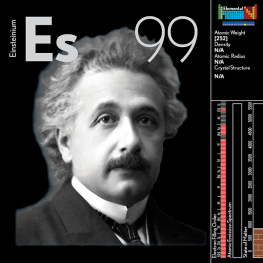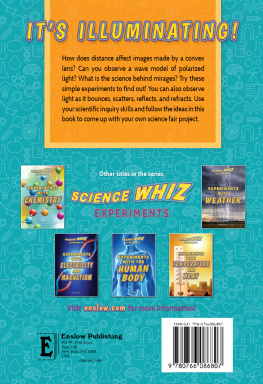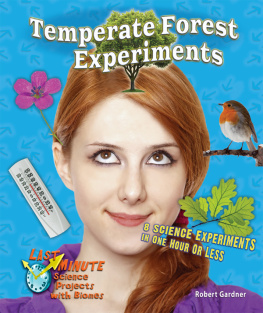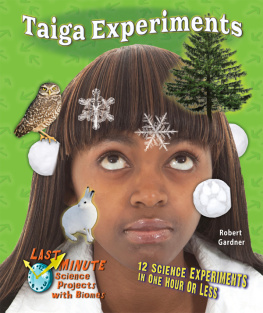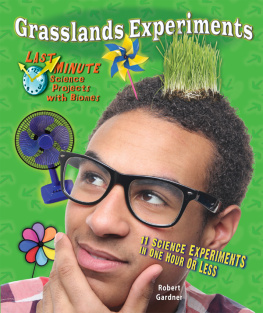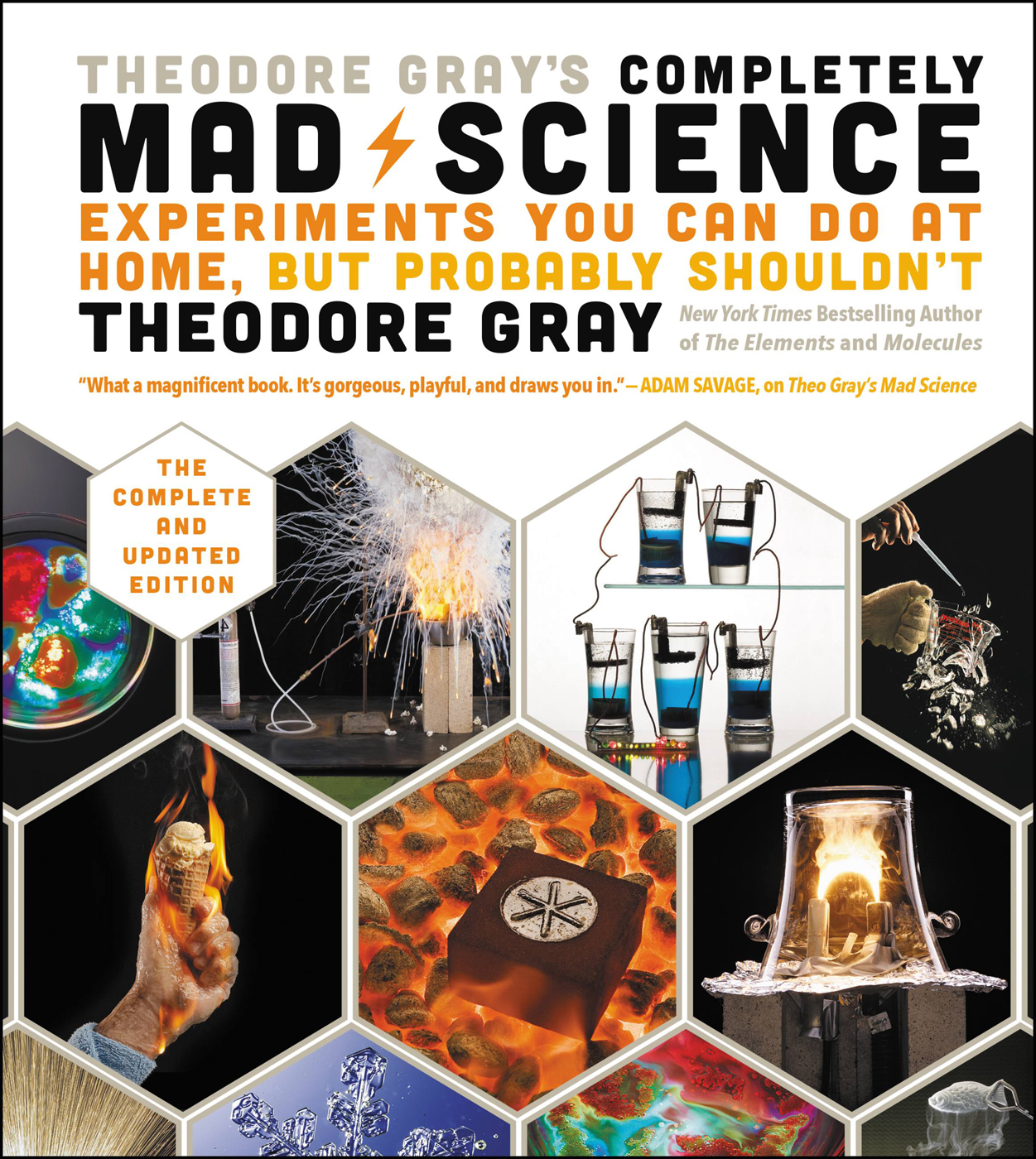Theodore Gray - Theodore Gray’s Completely Mad Science: Experiments You Can Do at Home, but Probably Shouldn’t, the Complete and Updated Edition
Here you can read online Theodore Gray - Theodore Gray’s Completely Mad Science: Experiments You Can Do at Home, but Probably Shouldn’t, the Complete and Updated Edition full text of the book (entire story) in english for free. Download pdf and epub, get meaning, cover and reviews about this ebook. year: 2016, publisher: Black Dog & Leventhal Publishers, genre: Children. Description of the work, (preface) as well as reviews are available. Best literature library LitArk.com created for fans of good reading and offers a wide selection of genres:
Romance novel
Science fiction
Adventure
Detective
Science
History
Home and family
Prose
Art
Politics
Computer
Non-fiction
Religion
Business
Children
Humor
Choose a favorite category and find really read worthwhile books. Enjoy immersion in the world of imagination, feel the emotions of the characters or learn something new for yourself, make an fascinating discovery.

- Book:Theodore Gray’s Completely Mad Science: Experiments You Can Do at Home, but Probably Shouldn’t, the Complete and Updated Edition
- Author:
- Publisher:Black Dog & Leventhal Publishers
- Genre:
- Year:2016
- Rating:5 / 5
- Favourites:Add to favourites
- Your mark:
Theodore Gray’s Completely Mad Science: Experiments You Can Do at Home, but Probably Shouldn’t, the Complete and Updated Edition: summary, description and annotation
We offer to read an annotation, description, summary or preface (depends on what the author of the book "Theodore Gray’s Completely Mad Science: Experiments You Can Do at Home, but Probably Shouldn’t, the Complete and Updated Edition" wrote himself). If you haven't found the necessary information about the book — write in the comments, we will try to find it.
The ultimate Theodore Gray collection, Theodore Grays Completely Mad Science collects every one of Grays dramatic, visually spectacular, and enlightening scientific experiments into one complete volume.
Bestselling author Theodore Gray has spent more than a decade dreaming up, executing, photographing, and writing about extreme scientific experiments, which he then published between 2009 and 2014 in his monthly Popular Science column Gray Matter.
Previously published in book form by Black Dog in two separate volumes (Mad Science and Mad Science 2), these experiments, plus an additional 5, are available now in one complete book.
Completely Mad Science is 432 pages of dazzling chemical demonstrations, illustrated in spectacular full-color photographs. Experiments include: Casting a model fish out of mercury (demonstrating how this element behaves very differently depending upon temperature); the famous Flaming Bacon Lance that can cut through steel (demonstrating the amount of energy contained in fatty foods like bacon); creating nylon thread out of pure liquid by combining molecules of hexamethylenediamine and sebacoyl chloride; making homemade ice cream using a fire extinguisher and a pillow case; powering your iPhone using 150 pennies and an apple, and many, many more.
Theodore Gray is the author of The Elements: A Visual Exploration of Every Known Atom in the Universe; Molecules: The Elements and the Architecture of Everything; Theo Grays Mad Science: Experiments You Can Do at Home, But Probably Shouldnt; and Mad Science 2: Experiments You Can Do at Home, but Still Probably Shouldnt. He lives in Urbana, Illinois.
Theodore Gray: author's other books
Who wrote Theodore Gray’s Completely Mad Science: Experiments You Can Do at Home, but Probably Shouldn’t, the Complete and Updated Edition? Find out the surname, the name of the author of the book and a list of all author's works by series.

